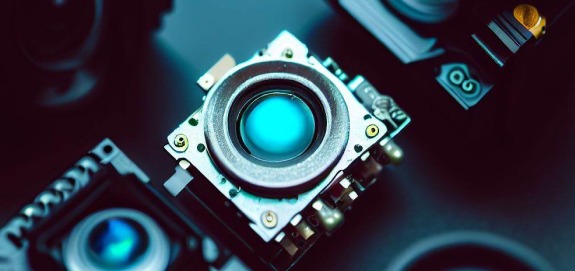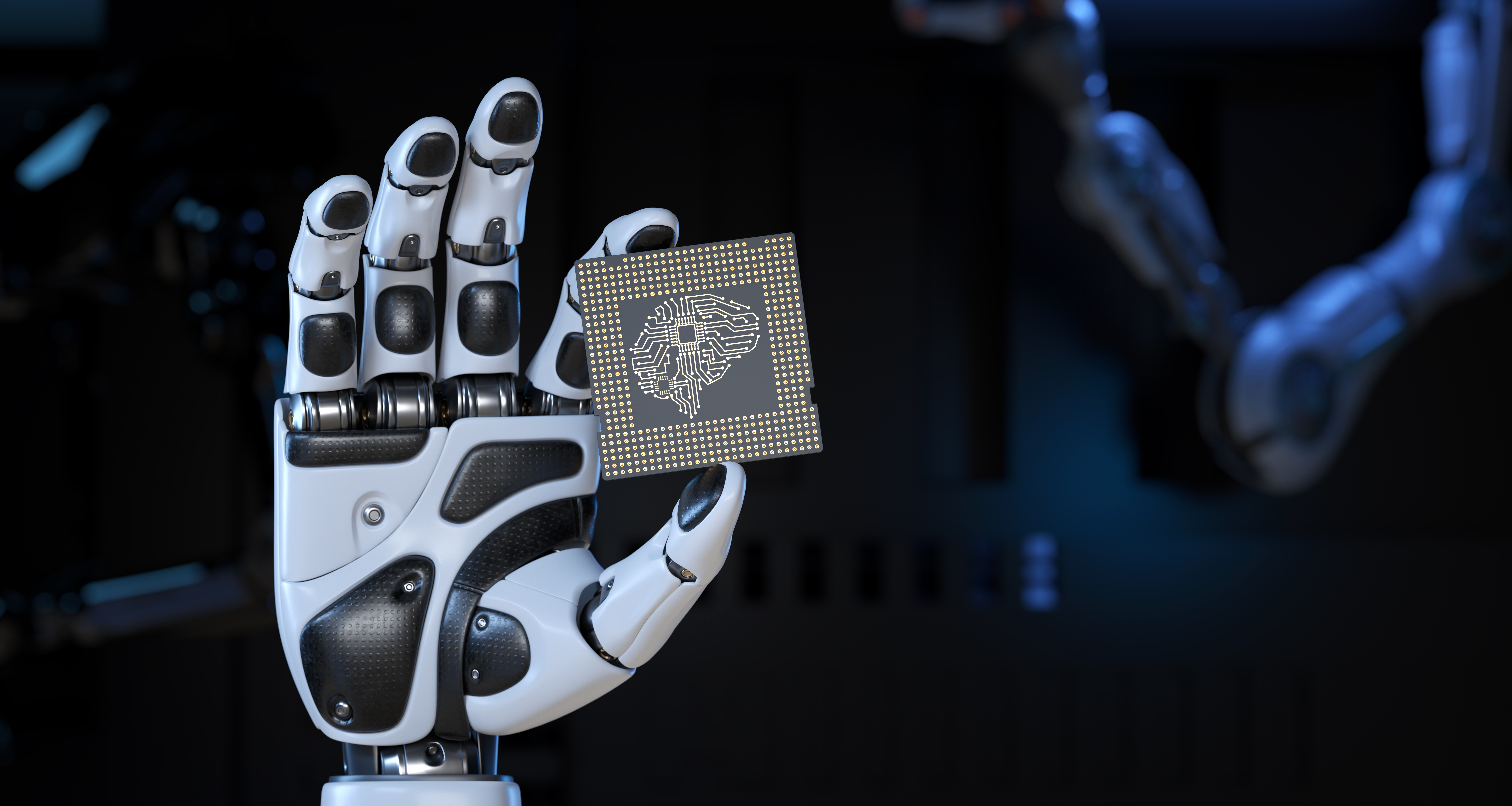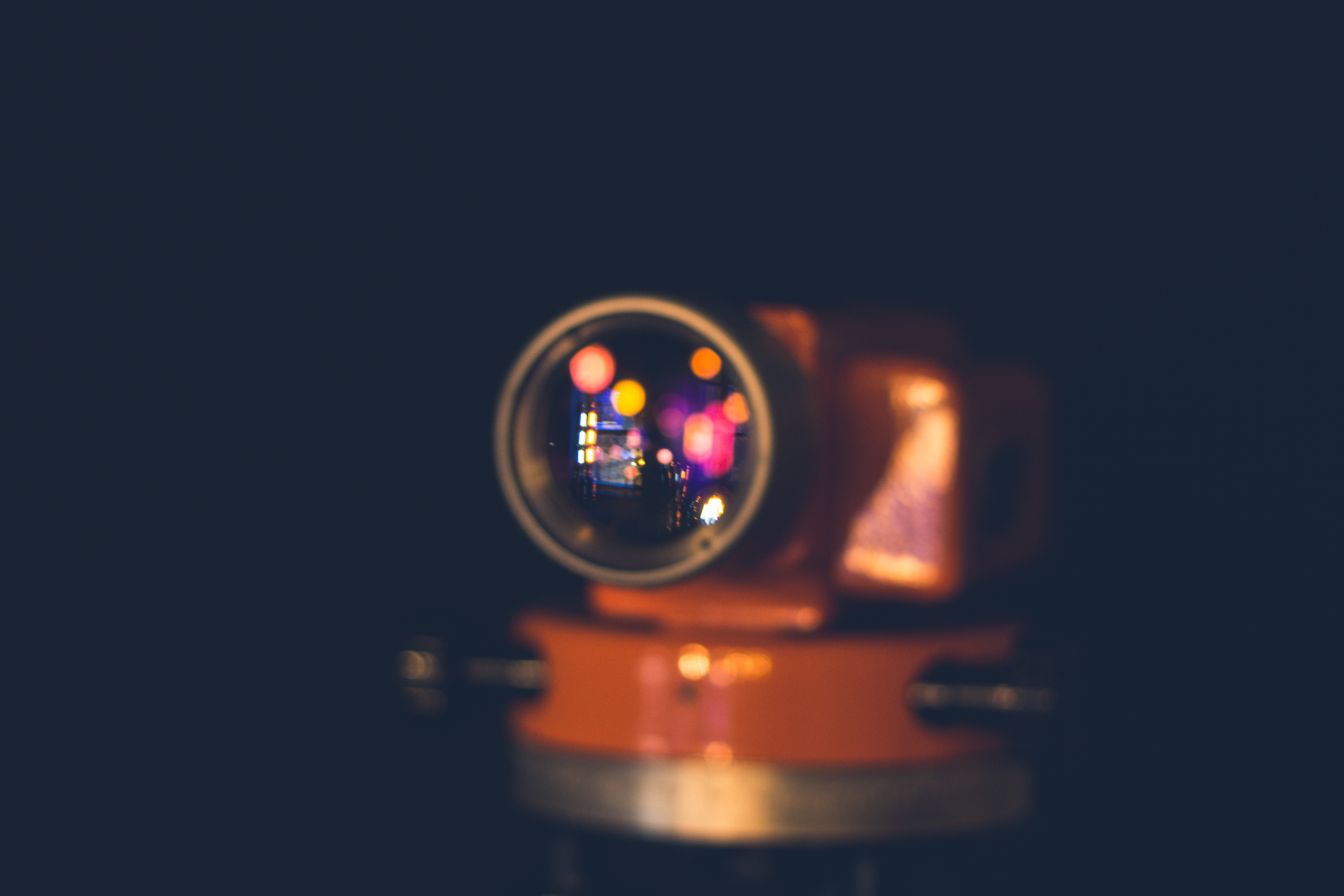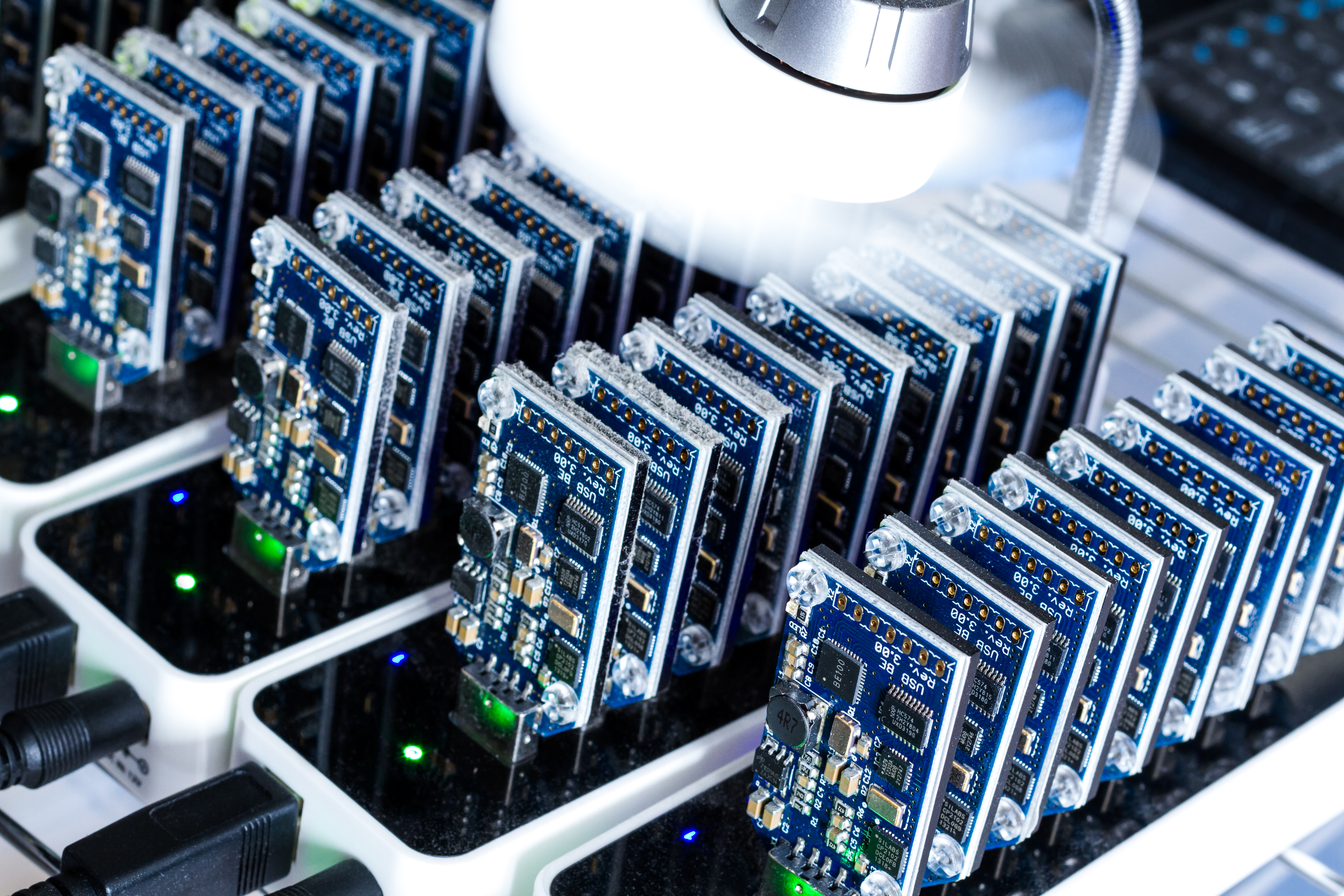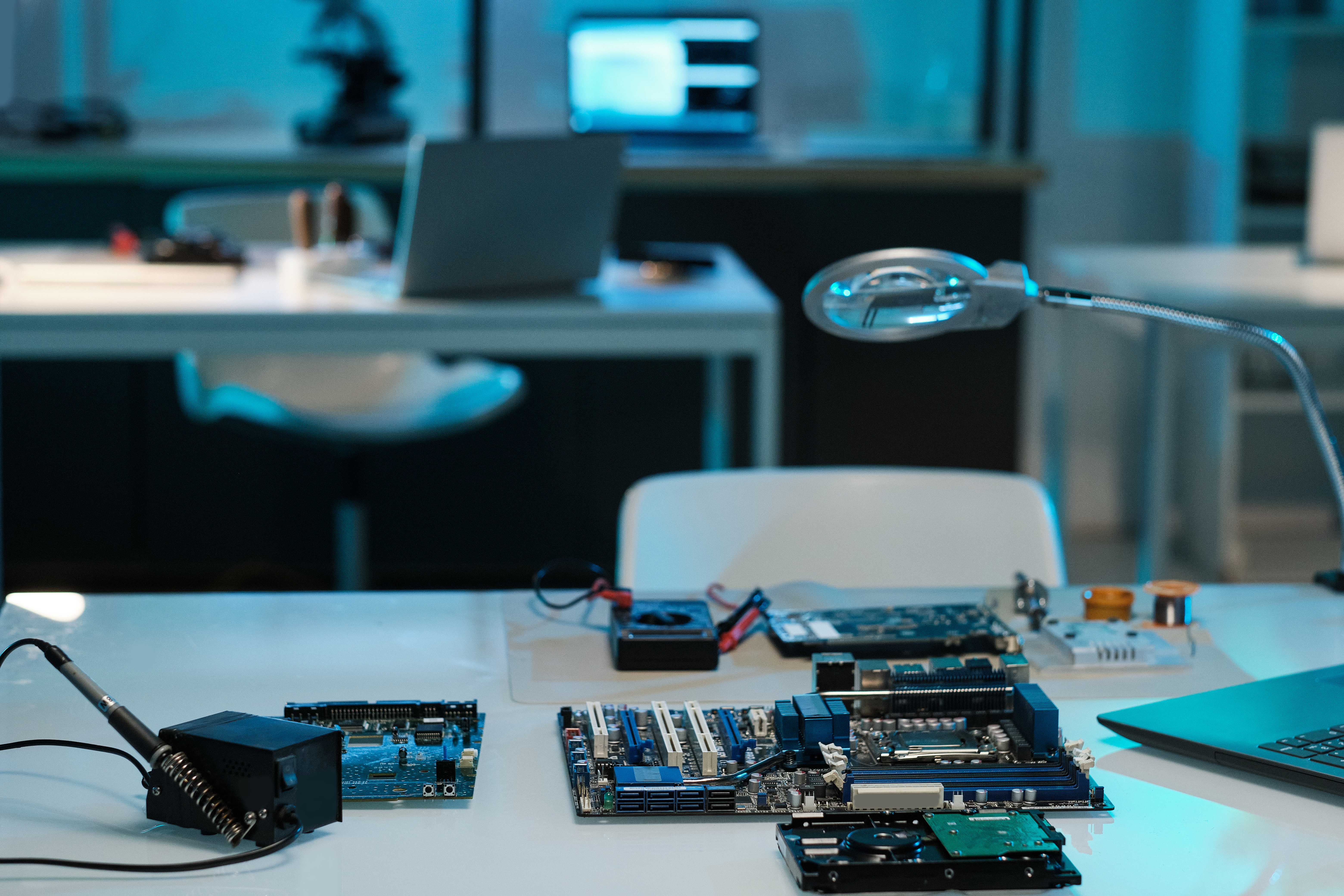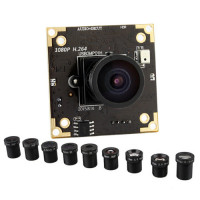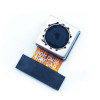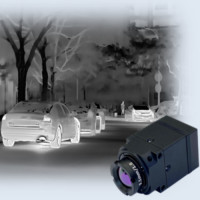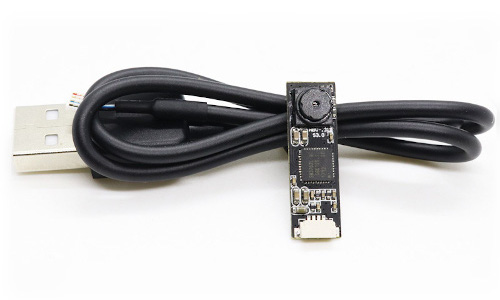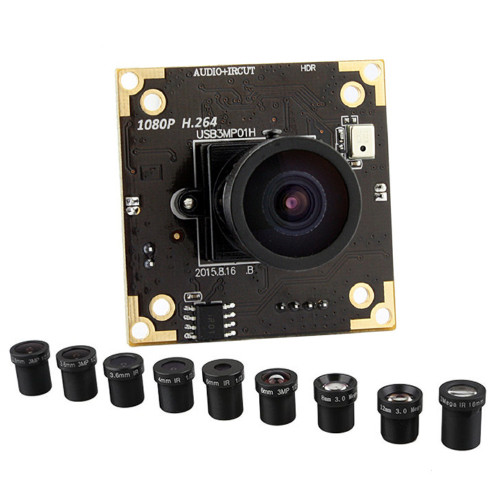Thermal Camera Module, Thermal Camera Board, Thermal Imaging Module

Thermal module is the core of a thermal camera, consisting of infrared detector and processing circuits. IADIY thermal camera modules adopts high-performance infrared detectors for ultra-clear thermal imaging and sccurate temperature measurement. As our manufacturing facilities provide optics and thermal camera modules design service and manufacturing of photoelectronic, optical lens, sensor module, and image processing. We dispose of an unsurpassed design and development capacity, comprising an in-house optics & photonics division, an hardware division and an software integration division making us the ideal choice for clients who wish to outsource crucial designs and manufacturing to a highly qualified and trusted partner.
How does A Thermoelectric Module Work?
The higher an object's temperature, the more infrared radiation is emitted. Thermal camera can detect this radiation in a way similar to the way an ordinary camera detects visible light. It even works in total darkness because ambient light level does not matter. This makes it useful for rescue operations in smoke-filled buildings and underground. Thermal camera module is the core of the thermal camera, which detects infrared radiation and convert it into electric signals for thermal image processing. It can be applied in various fields such as outdoor night vision, temperature measurement, fire prevention, health and medical care, and autopilot. As the thermal camera module structure, we divide into 3 main sections:
1. Thermal Imaging Detector, Thermal Infrared Sensor
Thermal Infrared sensor is the key part of thermal camera module. There are two types of thermal modules. Uncooled LWIR thermal camera sensor module can provide crisp and clear thermal images under normal temperature conditions. Cooled MWIR Camera Module adopts a variety of image processing algorithms, which is suitable for extreme conditions and applications. It is designed can be easily integrated into infrared systems that require advanced cooling and high-resolution thermal imaging solutions. It can detect small targets at extreme ranges making them highly suited for long range applications in challenging weather conditions.
2. Thermal Imaging Lenses
Thermal imaging lenses, also known as thermal infrared lenses are made from materials like germanium and zinc selenide, and are transparent to infrared wavelengths. When choosing a thermal imaging lens, you can consider requirements like: spectral range, thermal sensitivity, resolution, range, and FOV(field of view), etc...
3. ISP+AI SOC Chip and Image Processing Circuit
The image processing chip and circuit is a necessary part for driving the thermal sensor. With the help of AI image enhancement technology, AI SOC embedded ISP and processor can support enhanced resolution and improved image quality, while improving object recognition response speed. Through the application of AI ISP, the video surveillance industry can achieve improvements in video image quality, optimization of intelligent analytics, and enhanced security protection. More information please review camera module introduction or custom camera module requirements flow.
